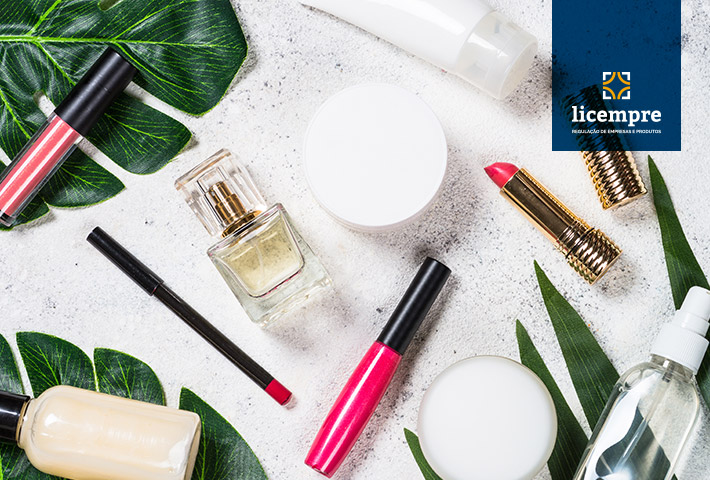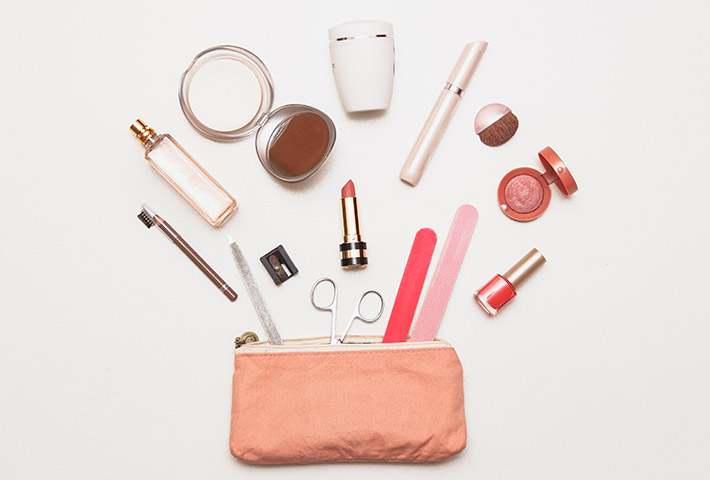
The cosmetics market in Brazil is one of the fastest growing. Even though the economy and politics remained in a scenario of fluctuations, the cosmetics market is heading for a steady growth. To register cosmetics in Brazil you must follow ANVISA regulations.
According to the Brazilian Association of the Personal Hygiene, Perfumery and Cosmetics Industry, in 2018, the sector had a growth of 2.77% over the previous year and the numbers are biased for this year.
Thus, it is important to remember that what we consume must be properly regulated by ANVISA. Therefore, in this blog post we will discuss how is the regulation of cosmetics in Brazil.
What are cosmetics?
Cosmetics are care and human beauty products including personal care products.

According to ANVISA cosmetics can be considered as: Personal Care Products, Cosmetics and Perfumes are preparations consisting of natural or synthetic substances, used externally in various parts of the human body, skin, capillary system, nails, lips, external genitals, teeth and mucous membranes of the oral cavity for the sole or primary purpose of cleaning, perfuming, altering their appearance and/or correcting body odors and/or protecting or maintaining them in good condition.
How to register cosmetics at ANVISA?
Cosmetics, personal care products and the like need to be registered with ANVISA, regulatory agency of the Ministry of Health in order to make the production, import and trade of the products fit.
The law establishes product composition criteria as permitted and restricted ingredients, labeling instruction, product dossiers and other process-related measures.
It is noteworthy that the products are divided into categories varying according to the considered level of risk.
- Risk Grade 1 products
Products classified as risk grade 1 or category 1 are products whose formulations do not require detailed information on the use and restrictions of use, because their composition characteristics are considered simple. Products such as shampoos and conditioners are examples of category 1 products.
- Risk Grade 2 products
Products classified as hazardous grade 2 or category 2 are cosmetics, toiletries and perfumes whose formulation requires specific indications, such as anti-dandruff shampoos or anti-wrinkle cream. As such, these products require proof of safety and use guidelines and restrictions. Thus, this product category requires them to be registered with ANVISA;
- Restrictive Ingredients
According to the law, some ingredients are called restrictive, that is, ingredients that should not be in the formulation except under the conditions and restrictions established as provided in current legislation. Examples are ultraviolet filter substances, prohibited substances in perfumes, and personal care products.
Product Dossier
According to current law, the manufacturer must have all the information that proves the quality, safety and efficacy of the manufactured product. Thus, all these documents are part of the “Product Dossier” where all the technical information about the product that should be applied to ANVISA.
Notified or registered products?
Products may only be notified or registered. Products that fall into category 1, that is, products that are less risky, as I said earlier, do not require registration, only notification.
A dossier containing product information such as composition, physicochemical data and others is presented at ANVISA. They pass faster tests; have a less bureaucratic process and less time to pass. Usually these products can be marketed after one month of filing with ANVISA.
If ANVISA considers the product to be classified in category 2, the manufacturer will need to carry out the process that falls into this category and can not only perform the notification.
Finally, products classified as category 2 must be registered with ANVISA. To learn more about these and other related topics you can access our content on our blog, or contact us to answer your questions.


